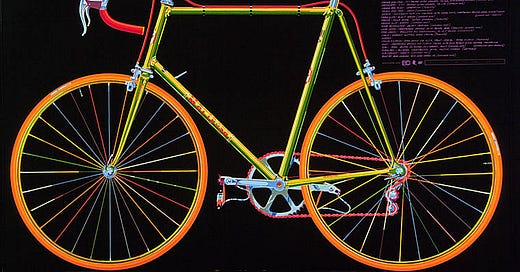A semi-interesting question to ask of certain bike races is if they would survive without their history or prestige; whether, as a mere sporting spectacle, they can provide sufficient entertainment to warrant repetition every year. It’s a flippant point, one that completely disregards the foundations for everything we know and understand about cycling. …
Keep reading with a 7-day free trial
Subscribe to derailleur to keep reading this post and get 7 days of free access to the full post archives.





